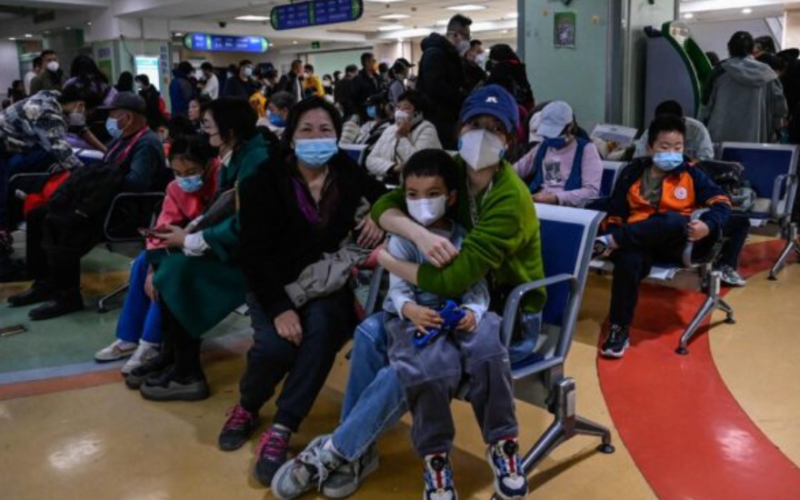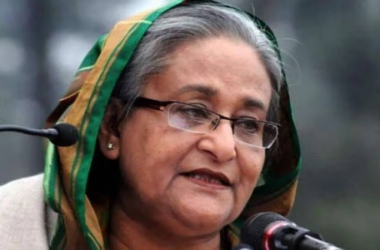Amid growing concerns about an increase in respiratory illnesses in children, the World Health Organization (W.H.O.) has formally requested detailed information from China. Unconfirmed media reports suggest a surge in undiagnosed pneumonia cases among children, prompting global health authorities to seek transparency from Chinese health officials.
For several months, China has been grappling with a rise in respiratory illnesses, with reports of long queues at pediatric hospitals and medical professionals indicating a severity not seen in previous years. While Chinese authorities attribute the illnesses to known pathogens such as influenza, the coronavirus (SARS-CoV-2), and mycoplasma pneumoniae, some reports on news and social media platforms describe a significant number of children presenting with pneumonia without specifying the exact cause.
On Wednesday, the W.H.O. officially requested additional information from China to better understand the situation. The organization emphasized that it is unclear whether these cases are related to the overall increase in respiratory infections reported by Chinese authorities or if they constitute separate events.
The move to seek information promptly reflects a cautious approach by the W.H.O., especially considering China’s past history of lack of transparency during public health crises. During the SARS outbreak in 2003 and the early stages of the coronavirus pandemic in 2020, China faced criticism for not sharing information promptly and openly with international health organizations.
Experts weigh in on the current situation, suggesting that while the rise in cases may not necessarily be alarming, further testing and detailed information are necessary to ascertain the causes of the apparent undiagnosed cases. Many global observers, still mindful of China’s handling of the early stages of the COVID-19 pandemic, remain on high alert.
Concerns about transparency from China are echoed by Raina MacIntyre, a professor of global biosecurity at the University of New South Wales in Australia. She emphasizes the need for openness in providing information and the importance of the W.H.O. taking proactive measures to request details from China amid rising global tensions.
The W.H.O. has specifically requested laboratory results from reported clusters of illnesses among children, along with additional details about the strain on healthcare systems. The organization is in communication with clinicians and scientists in China through its established networks.
Reports suggest that a news outlet in Taiwan, shared on ProMED, a disease tracking site, raised early concerns about the situation. Some experts argue that while the surge in cases might be within expected bounds, the heightened sensitivity globally warrants transparent and timely communication from Chinese health authorities.
The National Health Commission in China has not released comprehensive statistics about the recent surge in illnesses. However, local reports from children’s hospitals indicate a substantial increase in medical procedures related to respiratory issues. Outpatient visits at certain hospitals in China have reportedly tripled from the previous year, with a notable percentage diagnosed with mycoplasma pneumoniae.
The situation underscores the need for extensive testing of affected children in China to confirm or rule out known causes of respiratory illnesses. As global attention focuses on these developments, transparency and cooperation in sharing information are deemed critical in addressing concerns and ensuring a swift and informed response to the evolving public health situation.








